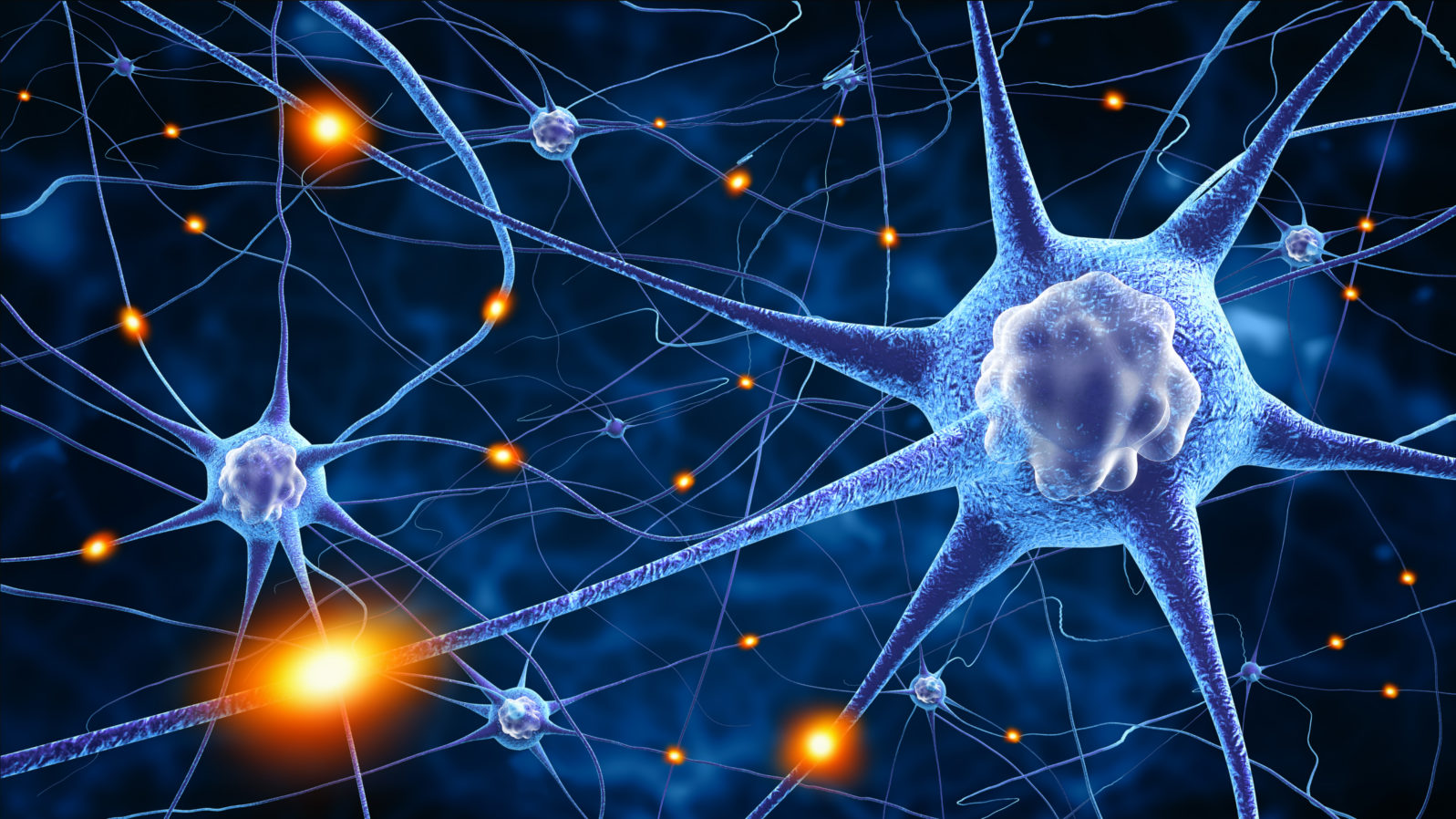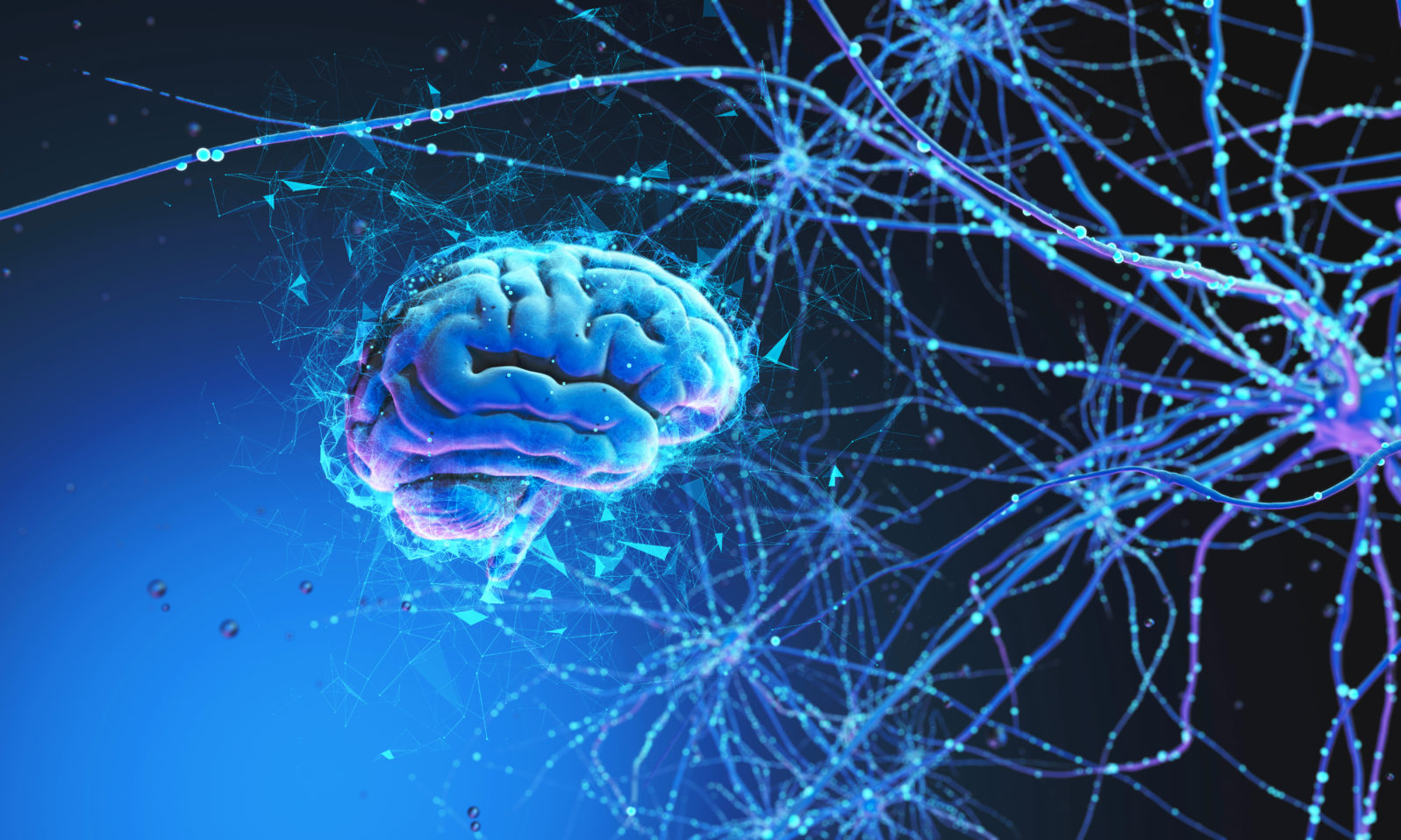Even Neurons Have Rich Clubs and Poor Clubs
Both — doing different jobs — are essential to the brain’s functioningNew York University School of Medicine neuroscientist György Buzsáki offers a long essay at Scientific American, explaining how he came to adopt an “inside-out,” rather than an “outside-in” perspective on how the brain works. The brain, in his view, is primarily preoccupied with self-organization and it incorporates outside information in order to help with that project.

Along the way, he entertainingly describes two different types of neurons and what they do:
Most neurons are only weakly connected to others, whereas a smaller subset retains robust links. The strongly connected minority is always on the alert. It fires rapidly, shares information readily within its own group, and stubbornly resists any modifications to the neurons’ circuitry. Because of the multitude of connections and their high communication speeds, these elite subnetworks, sometimes described as a “rich club,” remain well informed about neuronal events throughout the brain.
The hard-working rich club makes up roughly 20 percent of the overall population of neurons, but it is in charge of nearly half of the brain’s activity. In contrast to the rich club, most of the brain’s neurons—the neural “poor club”—tend to fire slowly and are weakly connected to other neurons. But they are also highly plastic and able to physically alter the connection points between neurons, known as synapses.
Both rich and poor clubs are important for maintaining brain dynamics. Members of the ever ready rich club fire similarly in response to diverse experiences. They offer fast, good-enough solutions under most conditions. We can make good guesses about the unknown not because we remember it but because our brains always make a surmise about a new, unfamiliar event. Nothing is completely novel to the brain because it always relates the new to the old. It generalizes. Even an inexperienced brain has a vast reservoir of neuronal trajectories at the ready, offering opportunities to match events in the world to preexisting brain patterns without requiring substantial reconfiguring of connections. A brain that remakes itself constantly would be unable to adapt quickly to fast-changing events in the outside world.
But there also is a critical role for the plastic, slow-firing-rate neurons. These neurons come into play when something of importance to the organism is detected and needs to be recorded for future reference. They then go on to mobilize their vast reserve to capture subtle differences between one thing and another by changing the strength of some connections to other neurons. Children learn the meaning of the word “dog” after seeing various kinds of canines. When a youngster sees a sheep for the first time, they may say “dog.” Only when the distinction matters—understanding the difference between a pet and livestock—will they learn to differentiate.
György Buzsáki, “How the Brain ‘Constructs’ the Outside World” at Scientific American (June 1, 2022)
So, on this model, the rich club makes quick, executive decisions and the poor club sorts slowly through the files, patiently organizing them to make sense of the world. So the brain is designed somewhat like a company. Alternatively, the design of a company flows naturally from that of the brain.
You may also wish to read: The mysterious white matter of the brain It’s difficult to study but turns out to be very important. Neurologist Christopher Filley thinks our white matter is one reason human beings are smart (compared to, say, otters).
